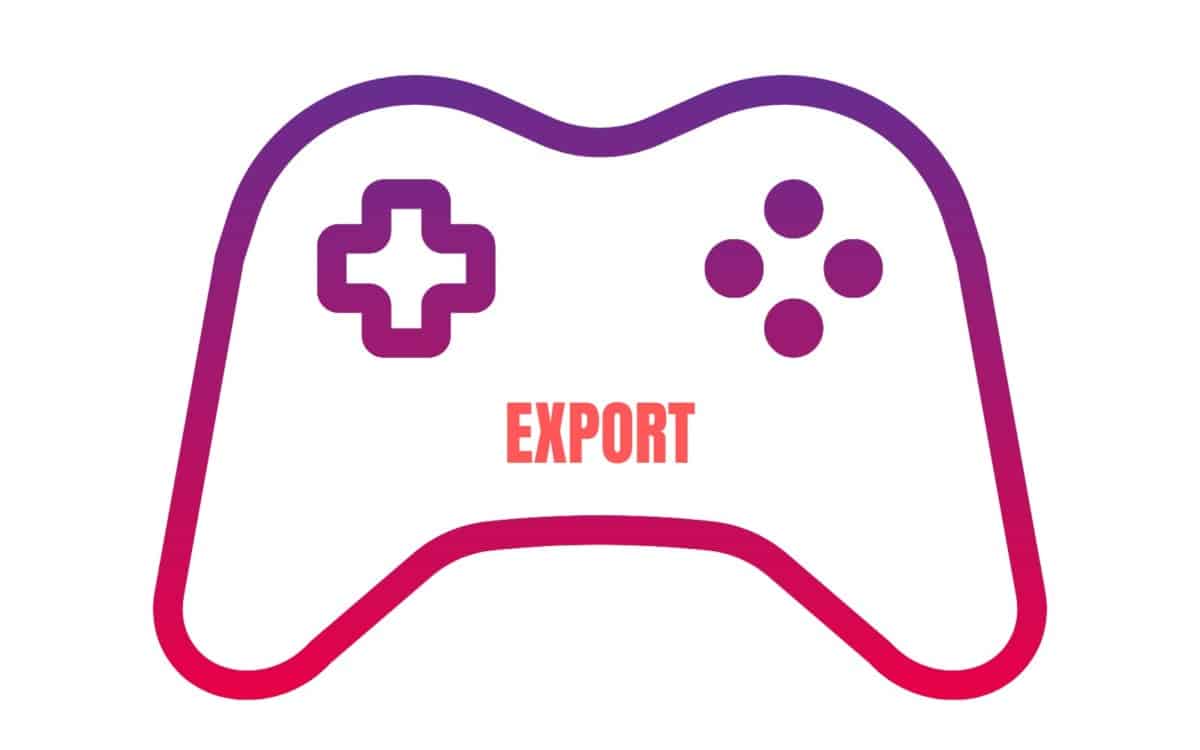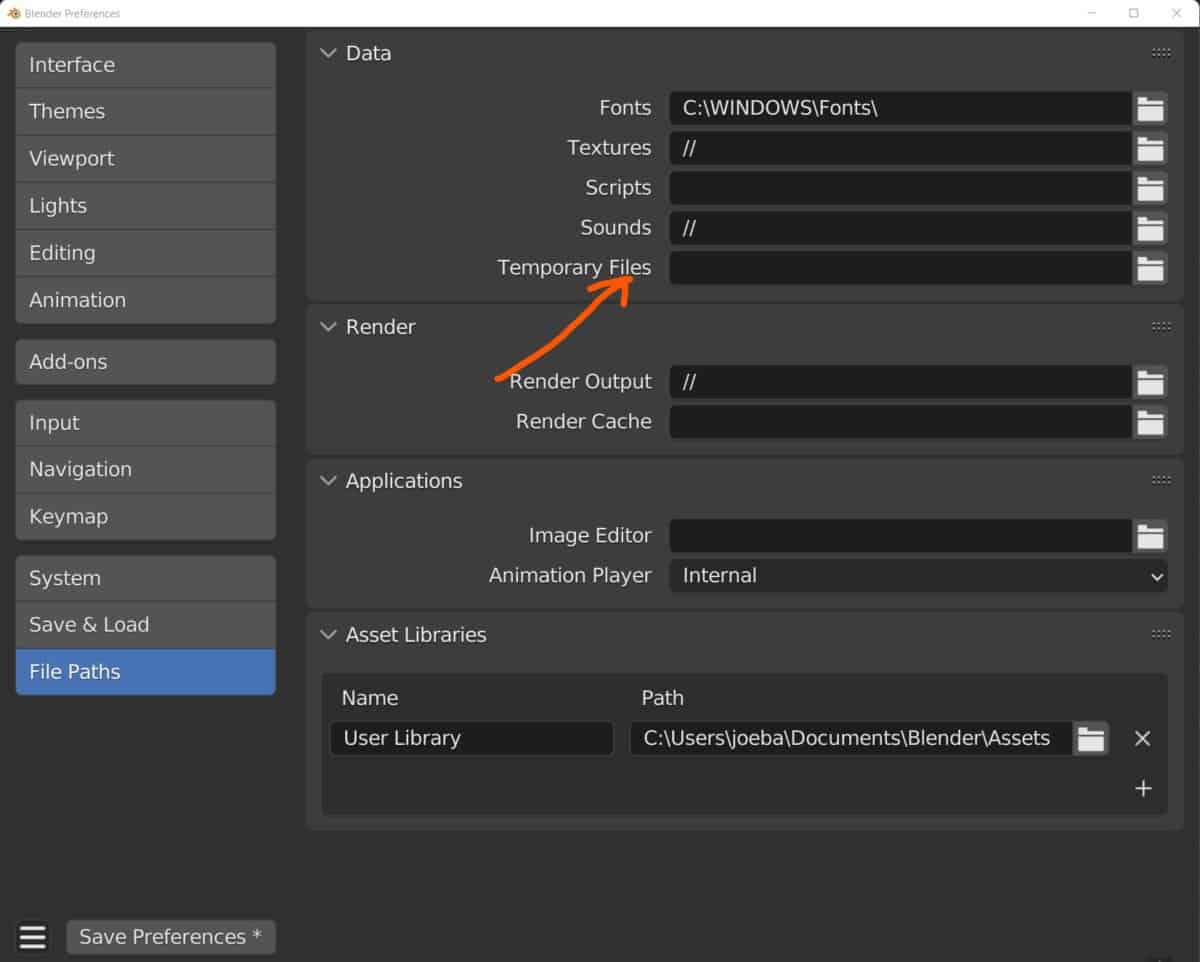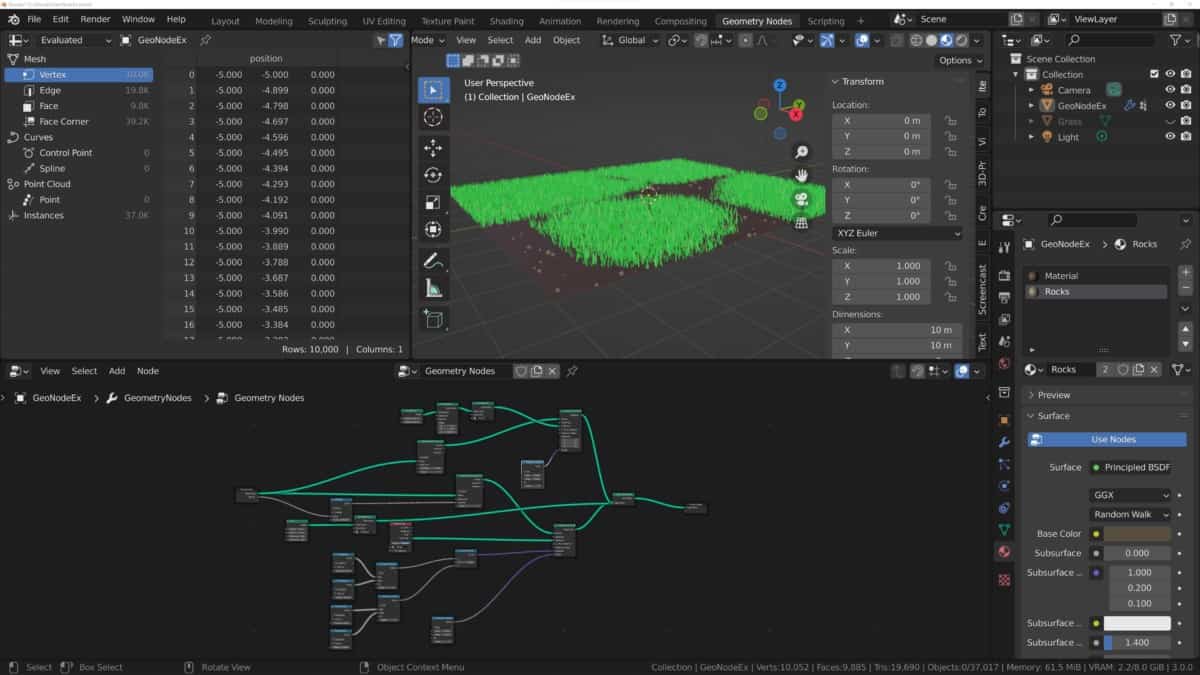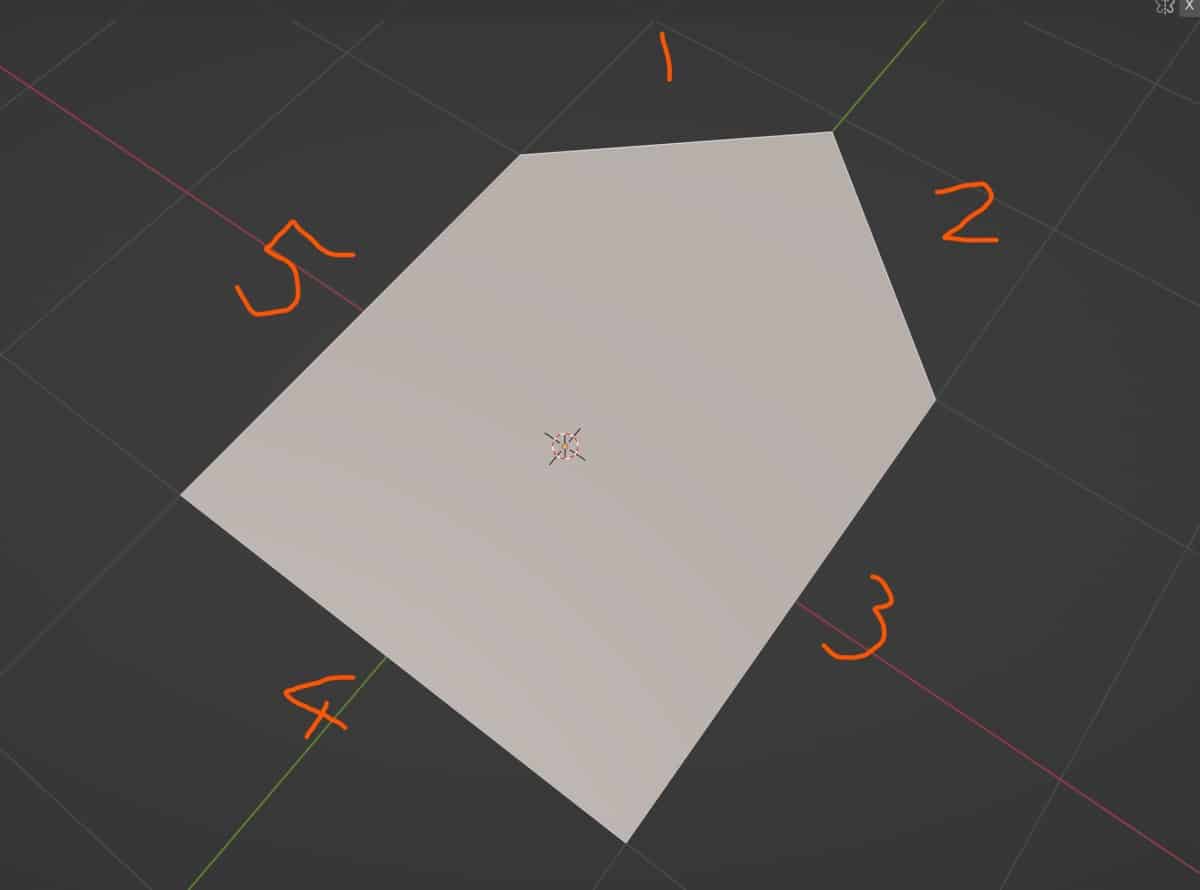Can You Upload Blender Models Into Unity

I of the primary reasons why someone would begin learning almost 3D modeling with Blender in the get-go place is to create 3D avails for use in video game engines. Once the asset has been created in Blender the artist will demand to test the asset in the game engine of your choice.
To export an object from Blender and import it into Unity, Go to File>Consign>FBX and make sure yous set the correct parameters. Select the mesh and armature object types, forward management of -Z, up direction of Y, and click the utilise transform button, then click export. And then get into Unity and bring your file into the asset folder to use in your project.
For game engines, the FBX file format is the master choice for bringing in game assets of all kinds, but there are alternatives. What are these alternatives and what information do the different file formats allow y'all to transfer.
Choosing The Right File Format For The Export?
Game engines volition require you to use sure file formats for your 3D objects when importing them into your scene. The most common ones are universal formats that are not attributed to any single application but are designed specifically to motility files from one application to another.
The process of transferring data in three stages and not two. Each stage is dissever between the import and consign options. Stage one is creating the object in Blender, and at this betoken, the object is withal a .alloy file used specifically for editing in the 3D platform.
And so you export as your chosen file format, making sure that you also select the correct parameters for your export. This moves things into stage 2 where you now have the object still in your original alloy file, just as well as an independent file on your computer that tin at present exist sent to a wide variety of 3D applications from game engines, to texture applications, to even other modeling programs.
Examples of universal file formats include the FBX and OBJ file formats. These are the most likely options for when you are looking to import a model into Unity from Blender.

By the way, we have an article roofing all of the dissimilar file formats that Blender can use here.
Exporting Every bit An FBX?
The FBX file format is really licensed by Autodesk, the owners of Maya and 3DS Max, which is curious when you consider that they are in a sense rivals to Blender in the 3D space. It was originally created by a Canadian company chosen Kadara. Simply the purpose of the file format is to create a fully connected ecosystem between different applications and make production pipelines far more efficient.
This file format allows you to consign the following data from a 3D scene…
- Geometry
- Vertex Information
- Normals
- UV Data
- Transform (Calibration, Orientation, Location)
- Materials
- Textures
- Animations
With this file format, you can transfer everything that y'all could possibly demand in a game engine, although it is not as widely used past VFX artists.
Step 1
To consign a game nugget from Blender as an FBX file, and then reimport that file into Unity, starting time become to File>Consign>FBX. This brings up the file browser with a series of parameters at the side. If you don't encounter these parameters, and then printing the North cardinal.

Footstep 2
Select the Mesh object type from the list of options, too select armature if you have rigged your model. You tin can also choose the selected only option to avoid exporting other objects. the frontward direction should be -Z, while the upward direction should be Y. Also brand sure to check the apply transforms button too, and nether armature settings untick the add foliage bones option every bit this is non needed.

Step 3
Choose the nugget folder of your Unity project as the location for your export, this will make step iv easier. Then click the export push button to consummate the process.

Step 4
Become into Unity and open your asset folder in the project, and you should find your model in the folder set up to exist dragged and dropped into your scene.

Exporting As An OBJ?
The second option available to artists for exporting their 3D models is the OBJ format adult by wavefront. This is an older format that is notable for its reliability and incredibly broad range of compatible software, making information technology a truly universal option. The key difference between the OBJ and the FBX formats is that the OBJ does not store blitheness information.
This format allows you lot to export the following data from a 3D scene…
- Geometry
- Vertex Data
- Normals
- UV Information
As you can see this file format does non allow for the transfer of many different forms of data and focuses mainly on the object itself rather than calculation things like texture and animation data. This tin be both an reward and a disadvantage, equally it does not transfer as much data only at the same time is considered slightly easier to piece of work with.
Stride 1
To export your object as an OBJ file, commencement go to File>Export>Wavefront (.obj). This brings up the file browser with a series of parameters at the side. If you lot don't see these parameters, then press the N fundamental.

Step ii
Fix the -Z axis equally the forrad axis and the Y for forwards. Also, tick the selection only box if yous want to wait a specific model in a scene. Nether the geometry tab brand sure to tick the apply modifiers option to ostend any modifiers that are active in Blender, besides as the write material option to create a second file for your materials, which will be an mtl file.

Note that in that location is an animation choice here, but this will create an obj for each active frame in the timeline. It has its use cases, just FBX is a far better option for an animation consign.
Step 3
Choose the asset folder of your Unity project every bit the location for your export, this will make pace iv easier. Then click the export push to complete the process.

Pace 4
Get into Unity and open up your nugget folder in the project, and you should find your model in the folder ready to exist dragged and dropped into your scene.
Saving As A Alloy File
We don't always export our models when they are finished, in fact, a 3D model volition normally laissez passer betwixt the 3D modeler and the game engine multiple times in a typical game product pipeline. Each time a 3D model is sent from Blender to Unity, it is tested for its advent, materials, animations, etc.
The model is then likely sent back for the artist to brand changes to any of these backdrop, for example, if the level of detail needs to exist increased/decreased or if the character pattern needs to change.
These are known every bit revisions and are an important part of the modeling process. Each revision is an cess of the model with the game developer providing feedback of changes that need to be fabricated each fourth dimension until the final effect is deemed fit for purpose.
Rather than the conventional method of exporting and importing a 3D model back and forth between software, another method is to actually relieve the blend file in the asset folder for your game project.
By doing this, yous can immediately drag and drib from your asset binder into your scene for testing, but that's not the master advantage to this. The main advantage to using a blend file is live updating.
When using your asset in Unity, you can open your alloy file and perform whatsoever activity like a unproblematic extrusion, so come up dorsum to your still open unity project, expect a couple of seconds and watch every bit the model updates without you having to do anything.
This approach is perfect if you lot are performing both roles yourself equally the modeler and the game developer and is also a groovy way of testing your models on the platform before sending the model off to someone else to employ.
In social club for this arroyo to work in real time between two different users, both applications would demand to be operating on a shared network that multiple computers tin access.
A disadvantage of this method in practical terms is that when you drag and drop a blend file you will import the entire scene into your unity projection, which means import objects that yous don't desire or don't need.
Potential Errors And How To Prepare Them
It tin can be very easy to go through the entire process of exporting a 3D model from Blender, and then importing that model into Unity simply to encounter an undesirable outcome with the model as information technology is brought into your scene. Let's cover some of the principal problems that you may face up when importing a model into unity.
Incorrect Orientation Of The Object
The first and easiest fault to make is the wrong orientation. This occurs primarily because Blender and Unity employ different coordinate systems to make up one's mind the direction of the Ten, Y, and Z-axis. In Blender, the Z-axis is considered the upward centrality, while the Y-axis is considered forward, and the X-axis is side to side.
In Unity, the X-axis is the same, but the roles of the Z and Y are reversed. This means that Y is the upward axis and Z is the forward centrality, which makes more than sense given that Z traditionally represents depth in mathematics.
What makes this even more confusing, is that setting the forward axis to Z can requite an incorrect Y value of 180 degrees in Unity. Therefore we demand to set the frontwards axis to -Z in the export settings.
Incorrect Scaling Of The Object
The second issue that you are likely to run into is incorrect scaling, which can hateful either importing the model into Unity with a value other than one or the bodily size of the object is wrong. Either way, the importing object is not to scale.
The most likely reason for this is that the scale values were not applied to the object in Blender, which leaves Unity confused as to what the default size should actually be. the solution to this is to go back into Blender, select your model and everything continued, then press the hotkey 'Control + A' and select apply the calibration.
And then repeat the process of exporting your asset dorsum into Unity and examination.
Animation Data Does Not Transfer Correctly On Export
For the FBX format, nosotros are able to consign our animation data every bit well as our geometry data. However, you may discover that when you import your model into Unity that the animation does not fully complete. This consequence is acquired past having an incorrect end frame value.
For example, if you accept an animation that lasts for 120 frames and the end frame is set for threescore, then yous are only going to export the get-go half of the animation, much equally y'all would only render the first one-half of the blitheness because of the end frames positioning.
The solution is very simple, before exporting set your end frame a couple of frames after the animation finishes (122 – 125 for a 120 frame animation) to ensure that all the animation data is exported.
Other Problems With Animation Data
If you lot are still having problems with your animation information in Unity, it may be a consequence of having some unwanted options ticked on the consign. And so in the file browser when yous are exporting the model from Blender, go to the bake blitheness department in the export parameters and untick the following boxes:
- NLA strips
- Forced first/end keying
This volition reduce the information transferred to what is necessary and aid to forbid whatsoever problems on import.
Not Bringing In Fabric Data From Blender
If you lot have good through the procedure of creating a total 3D model with rigs, animations, and textures, you may find on consign that your textures don't import. The solution to these changes depending on the file format, whether that be FBX or OBJ, or anything else.
Information technology should be noted that Unity has its own shader editor and materials system. While we recommend creating a UV map for whatever 3D model that you plan to create materials for, nosotros also recommend not creating the materials in Blender itself as it is far easier to build materials in Unity when those cloth parameters are based on the Unity Engine and not on Blender.
If you lot are looking to bring in fabric data from Blender, the FBX file format will do this merely with a few caveats. Commencement, the data volition not be complete, every bit simply the data for the base color volition come up through on a standard import. Second, you will not be able to edit this material.
With the OBJ format, you have to create a carve up file for the materials, which you tin practice by ticking the write material option to create the MTL file. Again you lot will not be able to edit these materials in Unity on import.
-
Does Blender Accept An Autosave Characteristic?

A good artist will non only know how to use the tools to create 3D models, but he will also be using specific workflows that permit them to maximize their
Continue Reading
-
What Are Geometry Nodes In Blender?

For the past few years, there has been a lot of talk about what the future of 3D modeling is. And the general answer is that the future of modelling
Proceed Reading
Source: https://blenderbasecamp.com/home/how-to-export-a-game-asset-from-blender-into-unity/

0 Response to "Can You Upload Blender Models Into Unity"
Mag-post ng isang Komento